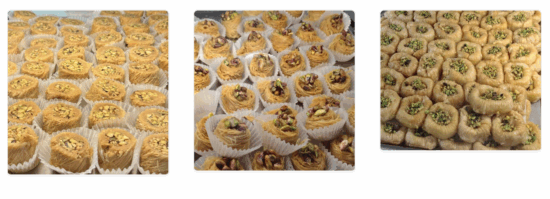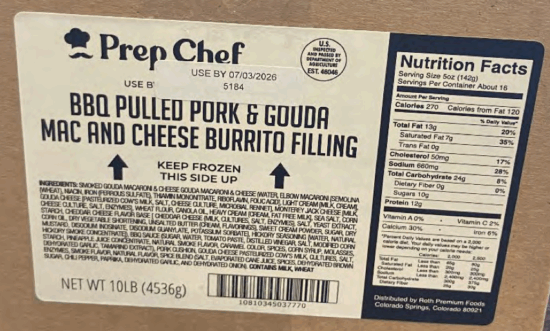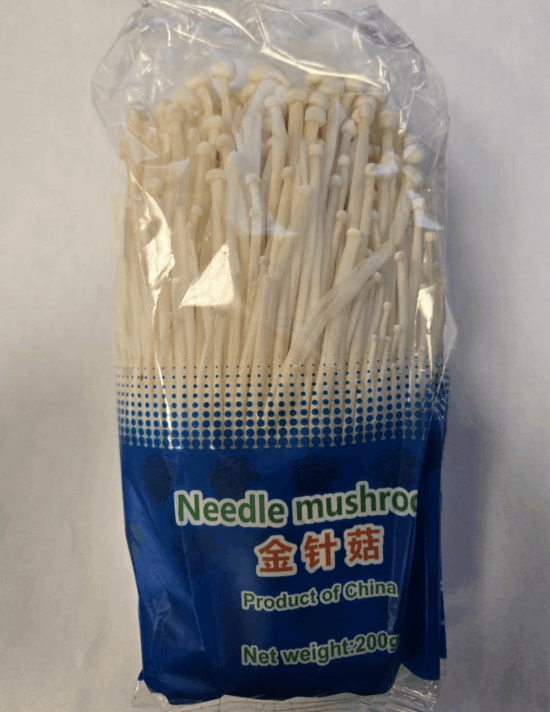Ten more people are sick in Canada with Salmonella infections in an outbreak linked to pistachios and products containing pistachios.
The Public Health Agency of Canada reports that there are now 62 laboratory-confirmed patients, up from 52 reported on Aug. 5. Ten of the patients have required hospitalization. The ages of the patients range from 2 to 89 years old.
Many people who became sick reported eating pistachios, and products containing pistachios, such as Dubai-style chocolate and pastry products before becoming ill. Bakalava products are also associated with the outbreak.
The outbreak strains of Salmonella that made people sick were found in samples of the recalled Habibi brand pistachios and samples of the recalled Dubai brand Pistachio & Knafeh Milk Chocolate.
There have been a number of recalls associated with the outbreak. Those recalls are:
Pistachio Kernels recalled due to Salmonella [2025-08-20]
Délifruits brand and Chocofolie brand Pistachio products recalled due to Salmonella [2025-08-20]
Pistachio Shelled recalled due to Salmonella [2025-08-18]
Various brands of Pistachio & Knafeh Milk Chocolate recalled due to Salmonella [2025-08-14]
Habibi brand Pistachio Kernel recalled due to Salmonella [2025-08-13]
Andalos brand pastry products recalled due to Salmonella [2025-08-07]
Dubai brand Pistachio & Knafeh Milk Chocolate recalled due to Salmonella [2025-08-04]
Al Mokhtar Food Centre brand Pistachio recalled due to Salmonella [2025-07-30]
Habibi brand Pistachio Kernel recalled due to Salmonella [2025-07-24]
There are three serotypes of Salmonella involved in the outbreak, Salmonella Havana, Salmonella Mbandaka and Salmonella Meleagridis. Patients are spread across four provinces with Quebec hit hardest with 45 patients. Other patients live in Ontario, which has 11 patients, British Columbia with five patients and Manitoba with one.
The patients became sick between early March and mid-August. More recent illnesses may continue to be reported because there is a period between when a person becomes sick and when the illness is reported to public health officials. It can take more than a month from the time someone gets sick, sees a doctor, gets tested, and has their results confirmed. For this outbreak, the illness reporting period is between 15 and 55 days after illness onset.
This outbreak likely includes many more patients than have been reported. Many people have mild symptoms and don’t go to the doctor, so they aren’t tested. Others seek medical treatment but are not specifically tested for Salmonella infection. Researchers estimate that for each case of Salmonella reported to public health, there are 26 more cases that are not reported.
About Salmonella infections
Food contaminated with Salmonella bacteria does not usually look, smell, or taste spoiled. Anyone can become sick with a Salmonella infection. Infants, children, seniors, and people with weakened immune systems are at higher risk of serious illness because their immune systems are fragile, according to the CDC.
Anyone who has eaten any of the recalled products and developed symptoms of Salmonella infection should seek medical attention. Sick people should tell their doctors about the possible exposure to Salmonella bacteria because special tests are necessary to diagnose salmonellosis. Salmonella infection symptoms can mimic other illnesses, frequently leading to misdiagnosis.
Symptoms of Salmonella infection can include diarrhea, abdominal cramps, and fever within 12 to 72 hours after eating contaminated food. Otherwise, healthy adults are usually sick for four to seven days. In some cases, however, diarrhea may be so severe that patients require hospitalization.
Older adults, children, pregnant women, and people with weakened immune systems, such as cancer patients, are more likely to develop a severe illness and serious, sometimes life-threatening conditions.
Some people get infected without getting sick or showing any symptoms. However, they may still spread the infections to others.
(To sign up for a free subscription to Food Safety News, click here)



